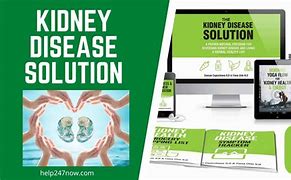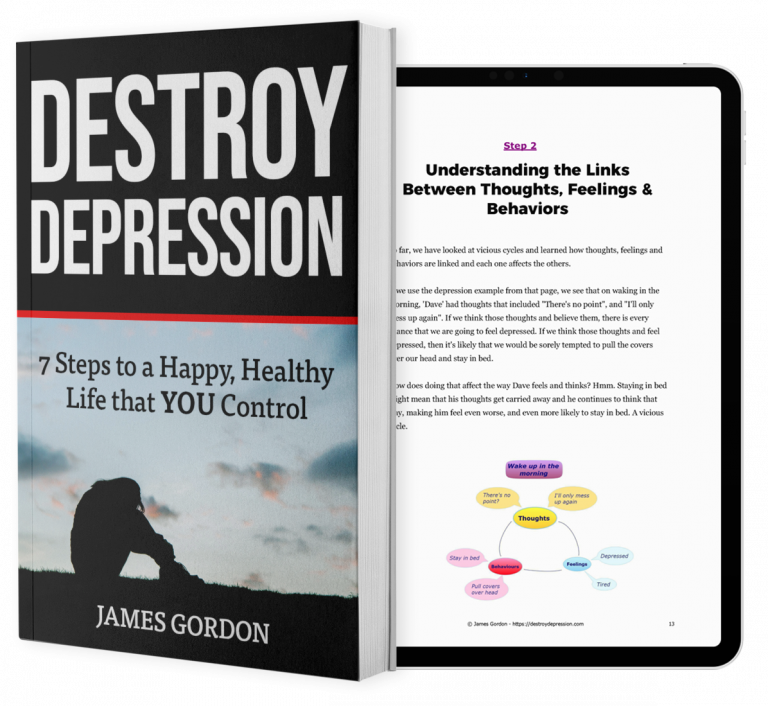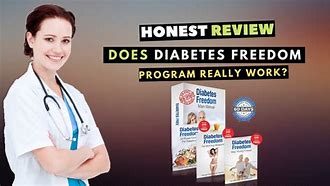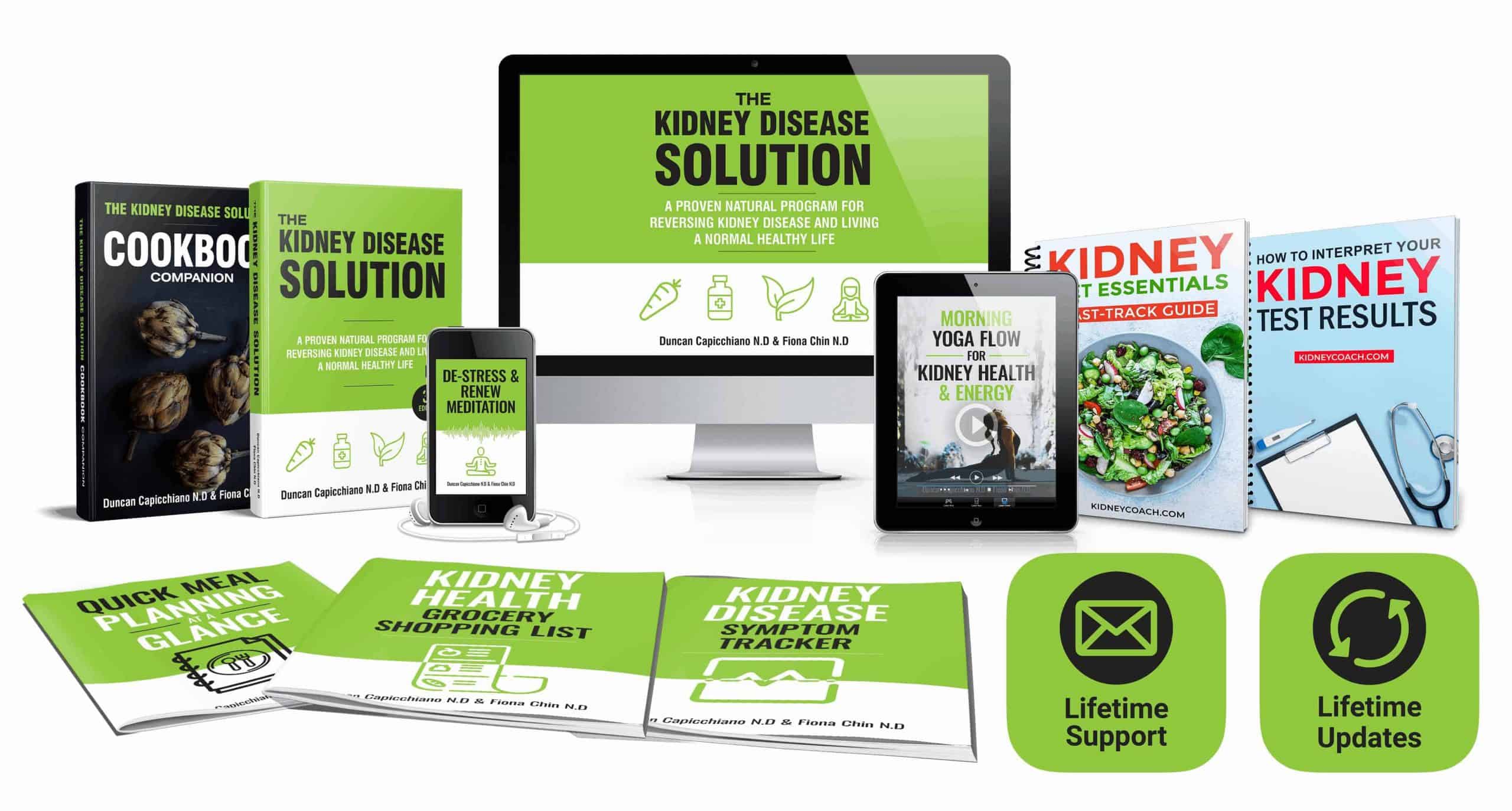What are the symptoms of fatty liver?
What to Know About Fatty Liver Disease
Fatty liver is also known as hepatic steatosis. It happens when fat builds up in the liver. Having small amounts of fat in your liver is normal, but too much can become a health problem.
Your liver is the second-largest organ in your body. It helps process nutrients from food and drinks, and filters harmful substances from your blood.
Too much fat in your liver can cause liver inflammation, which can damage your liver and create scarring. In severe cases, this scarring can lead to liver failure.
When fatty liver develops in someone who drinks a lot of alcohol, it’s known as alcoholic fatty liver disease (AFLD).
In someone who doesn’t drink a lot of alcohol, it’s known as nonalcoholic fatty liver disease (NAFLD).
According to a 2017 research review, NAFLD affects up to 25 to 30 percent of peopleTrusted Source in the United States and Europe.
What are the symptoms of fatty liver?
Fatty liver can progress through four stages:
-
Simple fatty liver. There’s a buildup of excess fat in the liver. Simple fatty liver is largely harmless if it doesn’t progress.
-
Steatohepatitis. In addition to excess fat, there’s also inflammation in the liver.
-
Fibrosis. Persistent inflammation in the liver has now caused scarring. However, the liver can still generally function normally.
-
Cirrhosis. Scarring of the liver has become widespread, impairing the liver’s ability to function. This is the most severe stage and is irreversible.
Both AFLD and NAFLD present similarly. However, in many cases, fatty liver causes no noticeable symptoms. But you may feel tired, or experience discomfort or pain in the upper right side of your abdomen.
Some people with fatty liver disease develop complications, including liver scarring. Liver scarring is known as liver fibrosis. If you develop severe liver fibrosis, it’s known as cirrhosis, a potentially life threatening condition that can cause liver failure.
The liver damage due to cirrhosis is permanent. That’s why it’s so important to prevent it from developing in the first place.
Cirrhosis may cause symptoms such as:
-
abdominal pain
-
loss of appetite
-
weight loss
-
weakness or fatigue
-
nausea
-
itchy skin
-
yellow skin and eyes
-
easy bruising or bleeding
-
dark-colored urine
-
pale stools
-
fluid accumulation in the abdomen (ascites)
-
swelling (edema) of your legs
-
web-like clusters of blood vessels under your skin
-
breast enlargement in men
-
confusion
Nonalcoholic fatty liver disease (NAFLD)
Nonalcoholic fatty liver disease (NAFLD) is when fat builds up in the liver of people who don’t drink a lot of alcohol.
If you have excess fat in your liver and no history of heavy alcohol use, you may receive a diagnosis of NAFLD. If there’s no inflammation or other complications, the condition is known as simple NAFLD.
Nonalcoholic steatohepatitis (NASH) is a type of NAFLD. It’s when buildup of excess fat in the liver is accompanied by inflammation. Your doctor may diagnose NASH if:
-
you have excess fat in your liver
-
your liver is inflamed
-
you have no history of heavy alcohol use
What are the causes of fatty liver disease?
In fatty liver disease, excess fat is stored in liver cells, where it accumulates. A variety of factors can cause this fat buildup.
Drinking too much alcohol can cause AFLD. Heavy alcohol use can alter certain metabolic processes in the liver. Some of these metabolic products can combine with fatty acids, leading to the formation of types of fat that can accumulate in the liver.
In people who don’t drink a lot of alcohol, the cause of fatty liver disease is less clear. For these people, it’s possible their body produces too much fat or doesn’t metabolize fat efficiently enough.
One or more of the following factors may play a role in people who don’t consume much alcohol and develop fatty liver disease:
-
obesity
-
type 2 diabetes
-
insulin resistance
-
high levels of fat, especially triglycerides, in the blood
-
metabolic syndrome
Other potential causes of fatty liver include:
-
pregnancy
-
side effects from some types of medications
-
some types of infections, such as hepatitis C
-
certain rare genetic conditions
The main risk factor for AFLD is drinking heavy amounts of alcohol. The Centers for Disease Control and Prevention (CDC)Trusted Source defines heavy drinking as:
-
15 or more drinks per week for men
-
8 or more drinks per week for women
ResearchTrusted Source has found that men who consume 40 to 80 grams of alcohol per day and women who consume 20 to 40 grams of alcohol per day over 10 to 12 years are at a higher risk of severe alcohol-related liver disease.
To diagnose fatty liver, your doctor will take your medical history, conduct a physical exam, and order one or more tests.
If your doctor suspects that you might have fatty liver, they will likely ask you questions about:
-
your family medical history, including any history of liver disease
-
your alcohol consumption and other lifestyle habits
-
any medical conditions you might have
-
any medications you might take
-
recent changes in your health
Let you doctor know if you’ve been experiencing fatigue, loss of appetite, or other unexplained symptoms.
How is fatty liver treated, and is it reversible?
Currently, no medications have been approved to treat fatty liver disease. More research is needed to develop and test medications to treat this condition.
In many cases, lifestyle changes can help reverse most stages of fatty liver disease. For example, your doctor might advise you to:
-
limit or avoid alcohol
-
take steps to lose weight
-
make changes to your diet
-
avoid medications and supplements that are hard on your liver











































